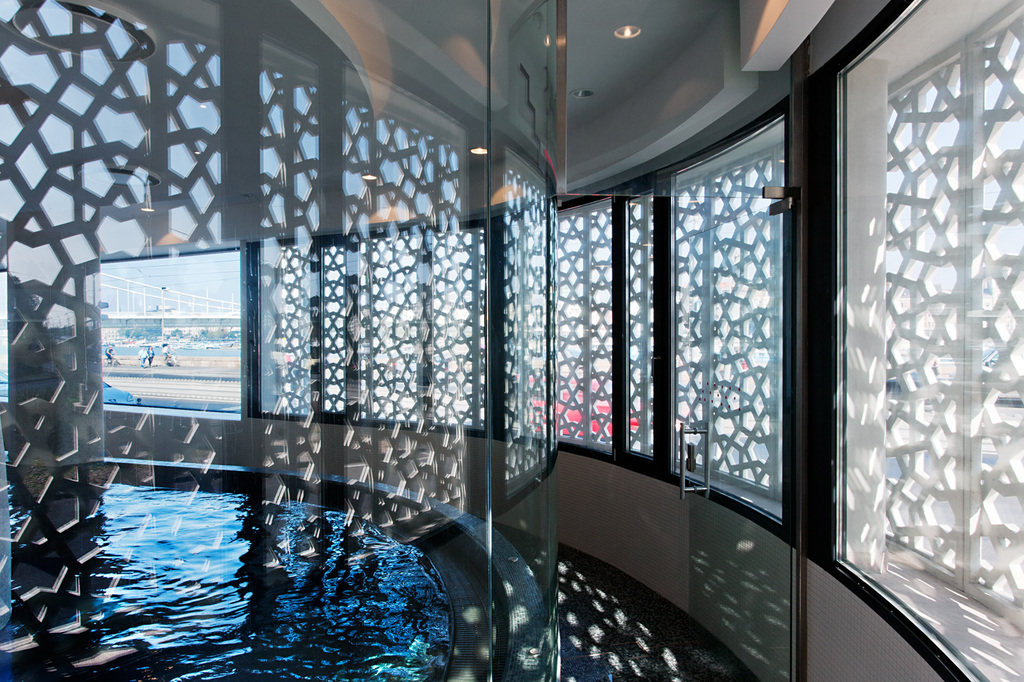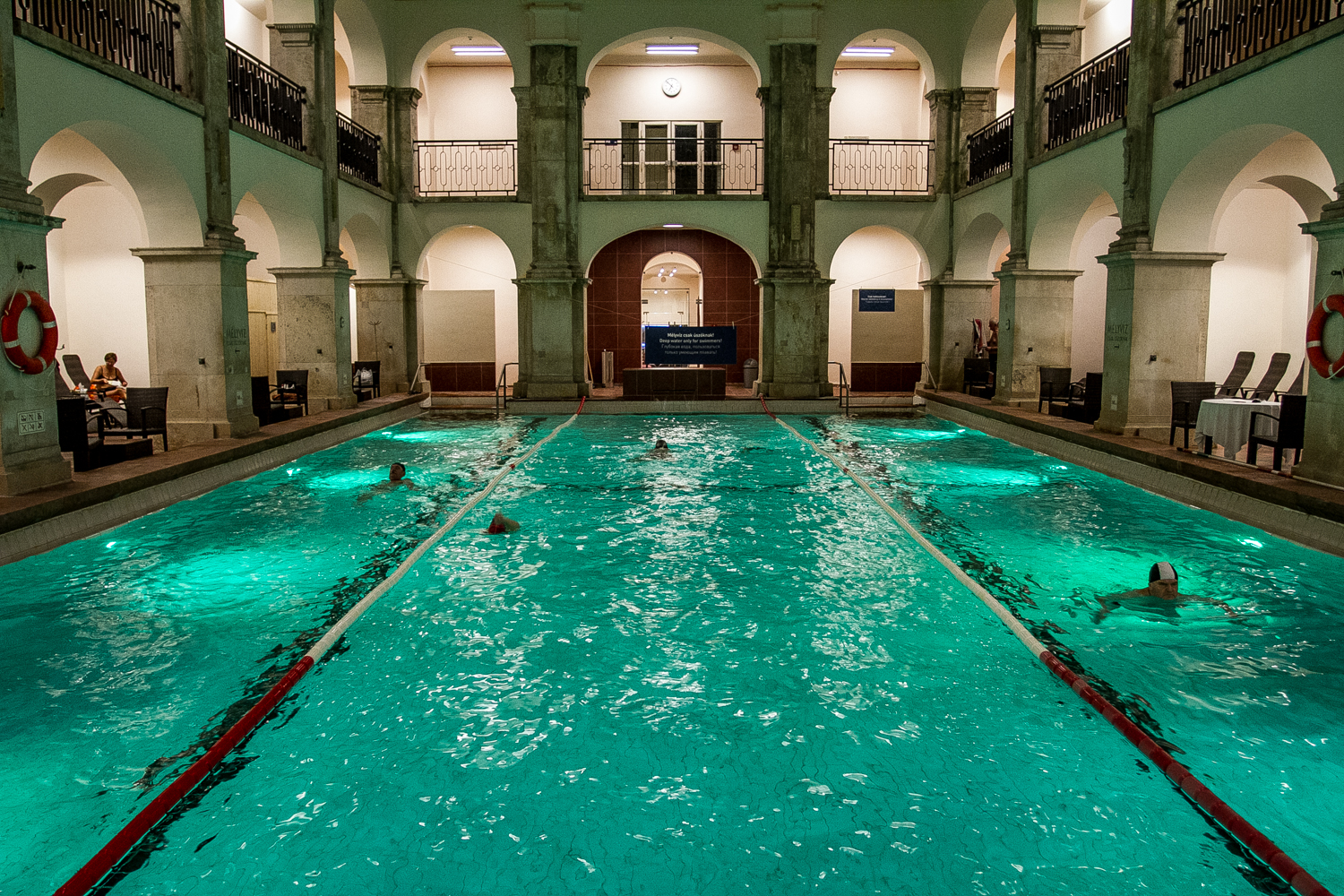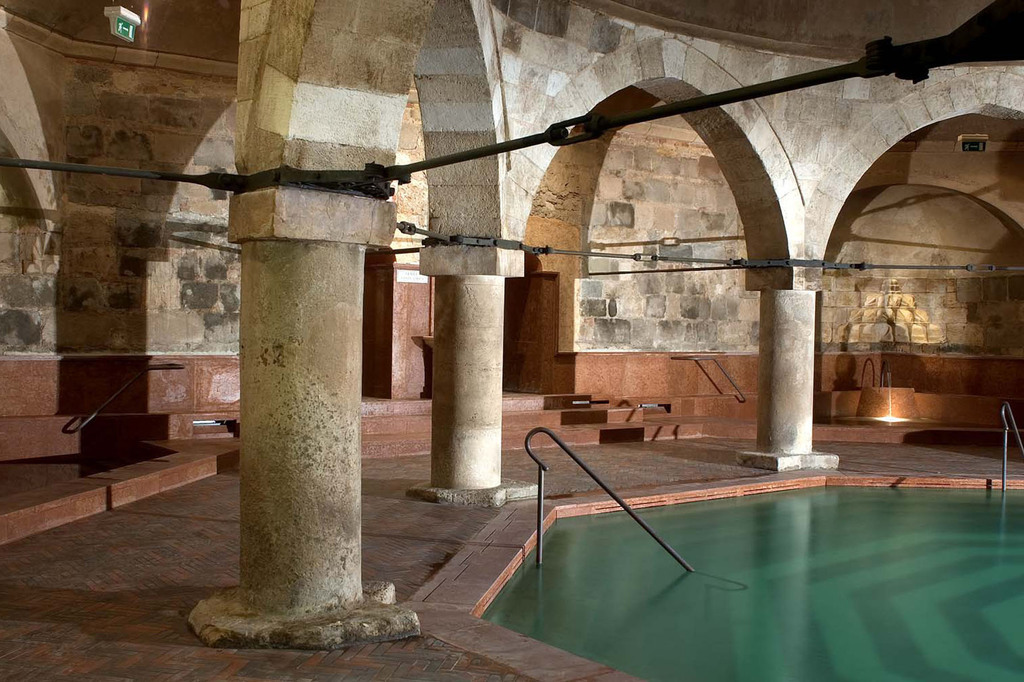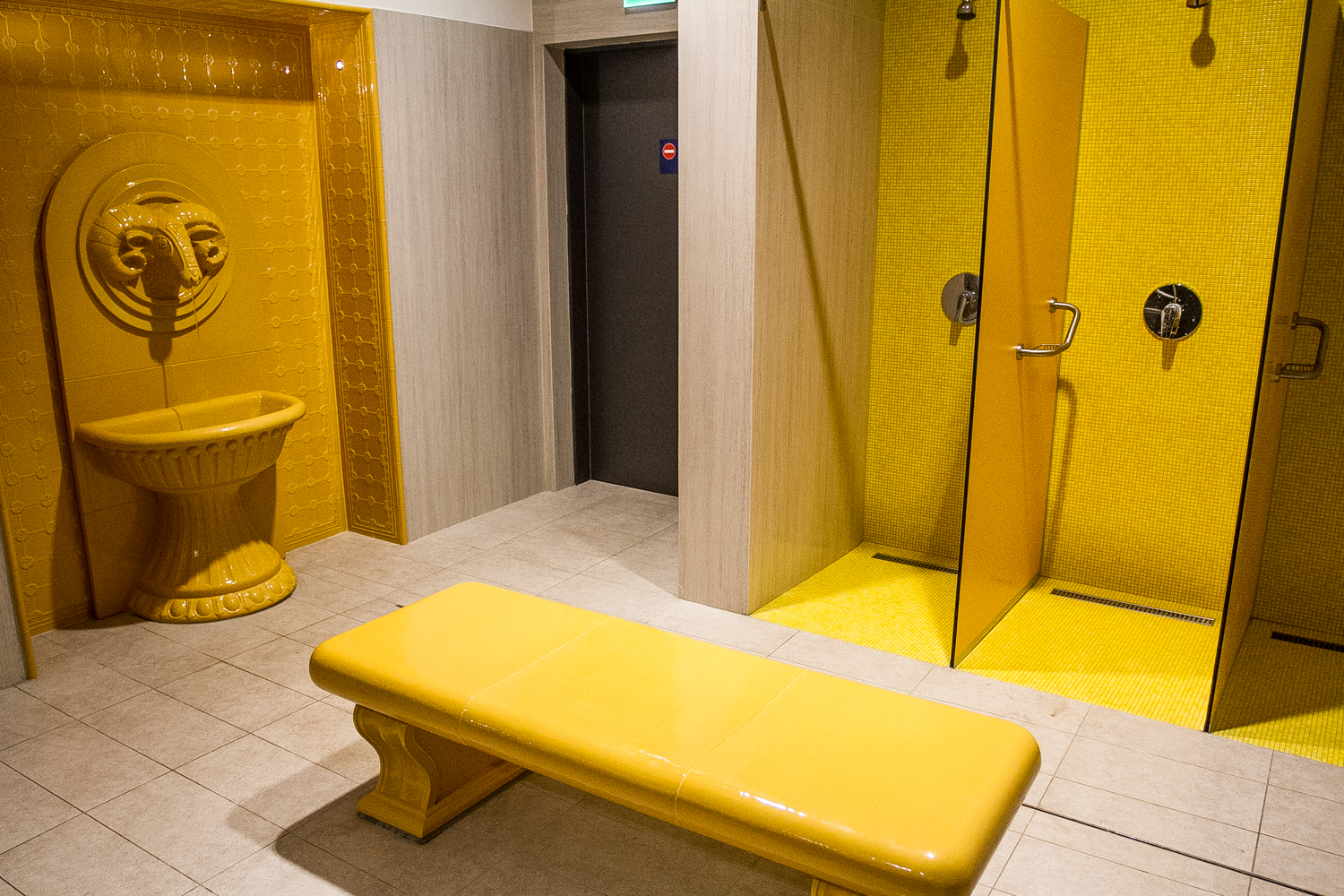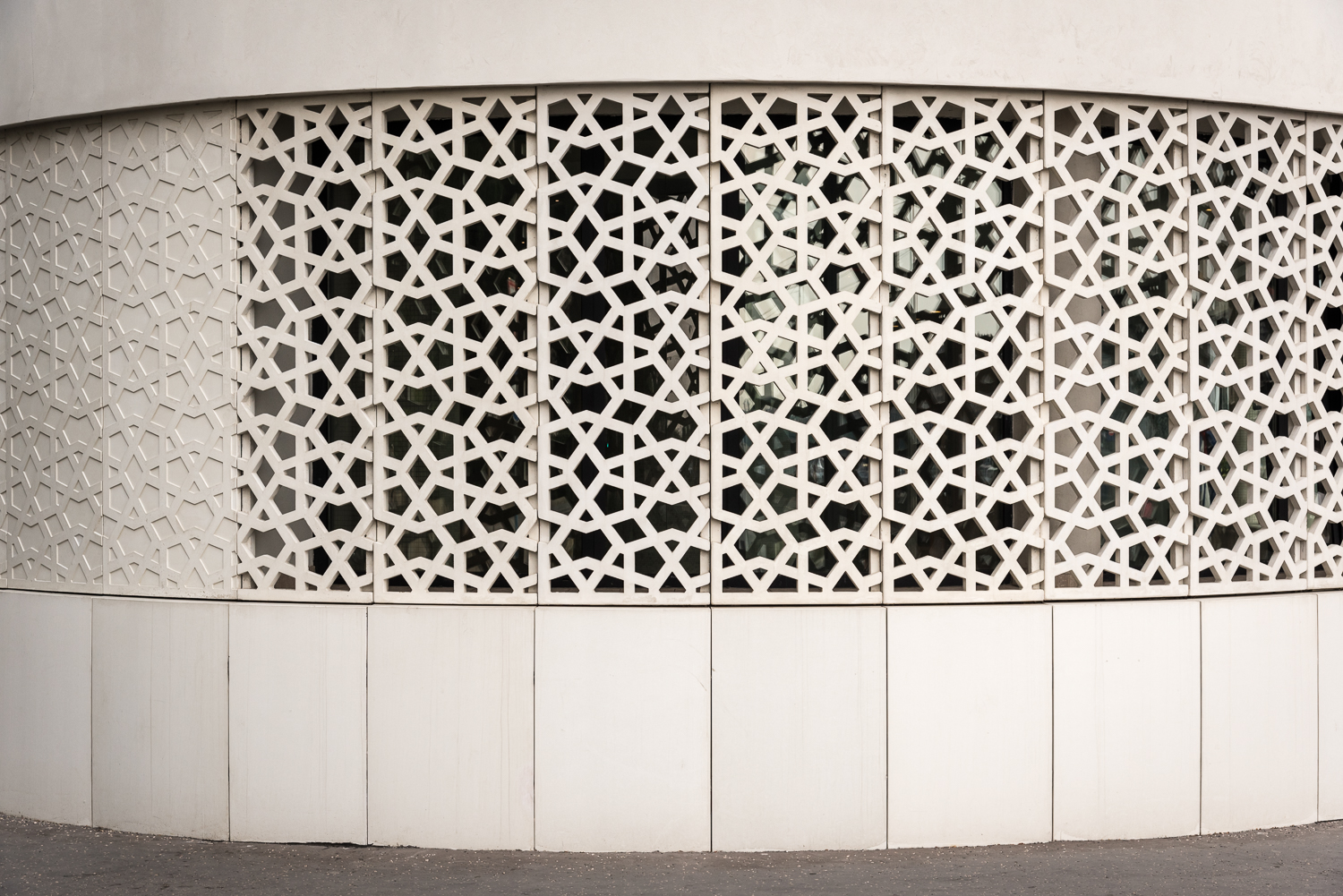Table of Contents
- 1 / 10 - Rudas has been a bath for centuries
- 2 / 10 - Travel back to Turkish times
- 3 / 10 - Classicist elements
- 4 / 10 - Spring waters and Turkish-Hungarian fusion
- 5 / 10 - An ambiguous name
- 6 / 10 - South-Slavic relations
- 7 / 10 - The remains of the mysterious green columns
- 8 / 10 - Au naturel is not a problem
- 9 / 10 - Zsolnay water spouts
- 10 / 10 - Special façade
1/10
Rudas has been a bath for centuries
Those visitors who relax amid the renovated bits of the bath might not even suspect that they are in a building that possesses several centuries of traditions. During the reign of Hungary’s King Béla IV, the Johannite knights constructed a hospital and a bath in this area, and these facilities were later renovated and used as a bath by Sokoli Mustafa, Pasha of Buda, between 1566 and 1572 after the Turkish conquest of Hungary. Essentially, Budapest’s oldest bath has been in operation here even since, supplied by the healing thermal waters of 21 medicinal springs.
2/10
Travel back to Turkish times
The main pool is octagonal, covered with a hemispheric dome that is supported by eight columns. The slightly steamy interior and the faded light beams filtered through the tiny windows create a truly unique atmosphere, which takes us on a terrific trip through time back to the Ottoman era. This extraordinary atmosphere even inspired the creators of the widely-known television series, “The Borgias”, who filmed the third episode of the first season here.
3/10
Classicist elements
In the 19th century, various new segments were added to the historic Ottoman-era wing. The 20-meter-long swimming pool is found in this classicist wing.
4/10
Spring waters and Turkish-Hungarian fusion
The wellness area was opened in 2014, in the so called Juventus Wing, on the southern side of the building complex, in the place of a former bottling company. A new restaurant was also launched here, with recipes that build on the local spring waters and Turkish-Hungarian fusion cuisine.
5/10
An ambiguous name
There are many assumptions concerning the origin of the name Rudas. Some people think it was named after the ferry’s rod that used to transport people from the Pest side to the bath in old times (note: “rod” translates to “rúd” in Hungarian), although others have slightly more imaginative thoughts on the subject.
6/10
South-Slavic relations
Another (probably more credible) guess is that the name originates from South Slavic languages, where “ruda” means mine. The original Turkish name of Rudas, Jesil Direkli ilidzsa, meaning “the bath with the green columns”, refers to the nature of the bath, an ilidzsa, which is a thermal bath. It is possible that Serbs and Bosnians living here at the time simplified the tongue-twisting Turkish name, and called the bath rudna ilidzse, meaning “mineral water bath”.
7/10
The remains of the mysterious green columns
The location of the aforementioned green columns is still a mystery, as archaeologists did not find their exact place yet, but it is interesting that we can spot a few greenish-looking stones built in the walls, and it is possible that these stones are the remains of the green columns.
8/10
Au naturel is not a problem
In the old times, there were no mixed days when both women and men could bathe together at the same time; even today there are mostly single-sex days at Rudas Bath. During the week, only Tuesdays are for ladies, and all other days are for gentlemen only, while during weekends there are “swimming suit days”. On single-sex days visitors can choose between their own swimming suits, or an apron requested from the staff, or for those who prefer it, in their birthday suit. In our experience, aprons are the most popular, which might be a slightly shocking sight for first-time visitors, as they only cover one side of our body.
9/10
Zsolnay water spouts
If you do not really fancy this waist-cloth time travel, you can always relax in the new modern wing. For the first time, the fusion of the 500-year-old thermal bath and the modern wellness wing might seem slightly strange, but the priceless panorama from the open-air sunbathing roof and the hot tub definitely makes up for it. As opposed to the noisy and chatty atmosphere of the Turkish bath, here most of the guests just silently admire the serene scenery of Gellért Hill, and the special sight of the Danube and the Pest side. The pyrogranite water spouts were made by the prominent Magyar ceramic manufacturer, Zsolnay Porcelain.
10/10
Special façade
The motif of the new wing’s façade is inspired by the special Turkish tiles; the system made up of mathematical polygons evokes old Islamic patterns.
